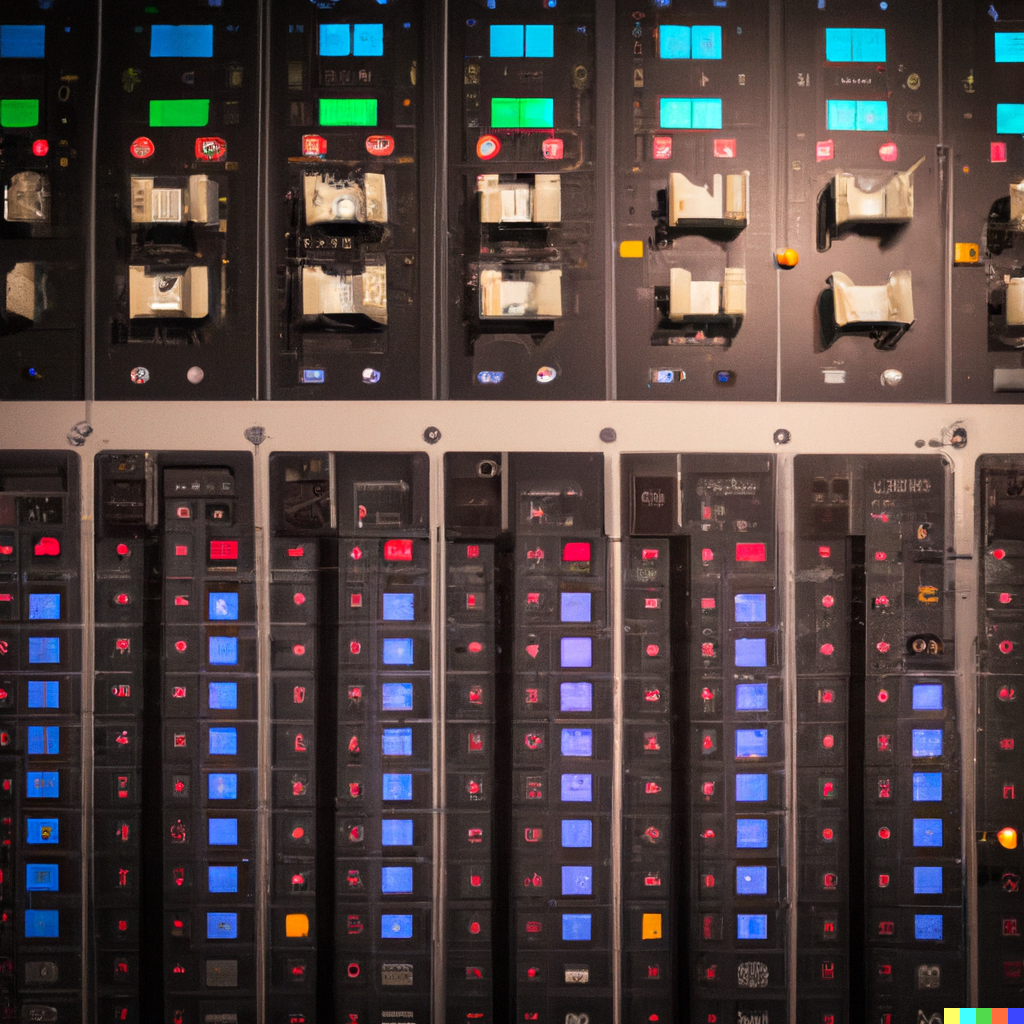Understanding Music Theory and Its Role in Creating Better Music
Aspiring musicians often find themselves wondering why some songs sound better than others, and how they can improve their own music. The answer to this question lies in music theory, a set of principles that govern the way music is composed, arranged, and performed. In this article, we will explore the basics of music theory and its role in creating better music.
Introduction
Music theory is the study of how music is constructed, analyzed, and performed. It covers a wide range of topics, including harmony, melody, rhythm, form, and texture. By understanding these principles, musicians can create more interesting and engaging music.
The Basics of Music Theory
Pitch and Scales
Pitch is the perceived highness or lowness of a sound. Scales are a series of pitches arranged in ascending or descending order. The most common scale in Western music is the diatonic scale, which consists of seven pitches: A, B, C, D, E, F, and G.
Harmony and Chords
Harmony is the combination of pitches played simultaneously to create chords. Chords are groups of three or more pitches played together. The most common chords in Western music are major and minor chords.
Melody and Counterpoint
Melody is a sequence of pitches played one after the other. Counterpoint is the combination of two or more melodies played simultaneously.
Rhythm and Time Signatures
Rhythm is the pattern of sounds and silences in music. Time signatures indicate the number of beats in a measure and the type of note that receives one beat.
Form and Structure
Form and structure refer to the organization of musical elements into larger units, such as verses, choruses, and bridges.
How Music Theory Helps Create Better Music
Improving Melodies
By understanding the principles of melody and counterpoint, musicians can create more memorable and interesting melodies. They can also use chord progressions and harmony to support their melodies and create a stronger emotional impact.
Enhancing Harmony and Chords
Music theory helps musicians create more interesting and complex harmonies and chords. They can use techniques such as chord inversions, substitutions, and extensions to add variety and interest to their music.
Developing Rhythm and Groove
Rhythm is a crucial element in music, and music theory can help musicians develop more interesting and engaging rhythms. They can use techniques such as syncopation, polyrhythms, and metric modulation to create more complex and varied rhythms.
Creating Better Arrangements
By understanding the principles of form and structure, musicians can create more effective arrangements. They can use techniques such as repetition, variation, and contrast to create a sense of unity and coherence in their music.
Conclusion
Music theory is an essential tool for any musician who wants to create better music. By understanding the principles of pitch, harmony, melody, rhythm, form, and structure, musicians can create more interesting and engaging music. Whether you are a beginner or an experienced musician, taking the time to study music theory can help you take your music to the next level.

Leave a Reply